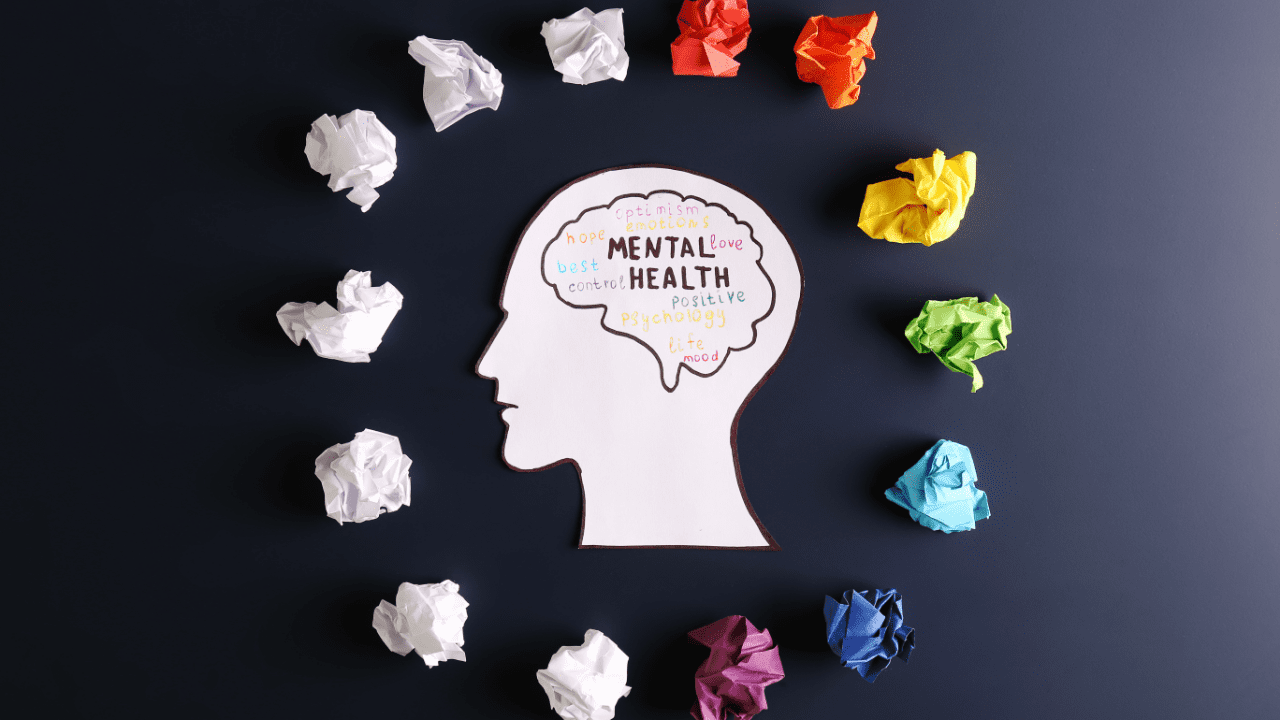Exercise boasts an impressive list of benefits for physical health. It can help you lower your blood pressure, manage weight, increase strength and endurance, balance cholesterol levels, reduce overall risk of heart disease, etc. The list goes on. But what is discussed less often are the beneficial properties of exercise regarding mental health. Any active person will tell you that they feel “off” when they haven’t exercised in a few days. I often enter a slump when I haven’t ridden my bike or been out hiking recently. Whether you are a regular exerciser and notice the decline in mental health when you’re not active, or you’re just starting out on a routine, the benefits are there. However, when it comes to mental health not all exercises are created equal.
When evaluating different types of exercise, the first criteria include if the movement is aerobic or anaerobic. This translates into whether the activity requires oxygen (aerobic), or not (anaerobic). Aerobic exercise is anything that we deem as “cardio” be it running, biking, swimming, or going for a walk around the block. Anaerobic exercise entails modalities such as weightlifting, calisthenics, and other forms of resistance training that are not performed for sustained periods of time. When looking at these two options of exercise it has been shown that aerobic exercise offers more substantial benefits to mental health. Many runners will talk about the “runners-high”, and this actually plays a key role in the benefits of cardiovascular exercise on mental health. The runners-high results from the release of various neurotransmitters, which is just a fancy way of saying brain chemicals. The key neurotransmitters involved in this post run euphoria are serotonin and endorphins. According to an article in Medical News Today, serotonin plays a number of rolls in our brains and bodies, but regarding mental health it helps balance and regulate mood. This is why serotonin has become synonymous with happiness. Endorphins are basically your body’s own personal morphine, helping to reduce pain and stimulate a feeling of euphoria.
So anaerobic exercise has the greatest benefit to mental health when compared to anaerobic exercise, but there’s still more to it; the intensity of exercise matters too. Moderate intensity exercise is said to have greatest positive influence on depression and anxiety. Moderate intensity activities are classified as maintaining a heart rate of 50-70% of your heart rate maximum throughout exercise. An easy way to quickly estimate your heart rate max is the simple equation of 220 – Age. As a twenty-one-year-old my heart rate max would be estimated at 199 beats per minute (bpm). This would mean that the best place for me to exercise to improve my mental health would be between 139bpm and 100bpm. If you don’t have a heart rate monitor other examples of moderate intensity exercise include brisk walking, casual hiking, and biking at approximately ten miles per hour.
With exercise type and intensity out of the way, there are just four more key factors when determining the effectiveness of exercise in improving mental health. These are a lack of interpersonal competition, performing an enjoyable activity, a duration of at least twenty-thirty minutes, and regular inclusion into your weekly schedule. So, any type of race isn’t the best way to improve mental health as this (as I am sure you could guess) increases anxiety. Doing something you love is a fairly obvious but sometimes overlooked component of the exercise equation. You want to find something that doesn’t feel like a chore to you. The duration component is fairly straight forward, you just need to give your body enough time to produce those key neurotransmitters, increase blood flow, and reduce some muscular tension (all side effects of exercise). The final factor, of regular inclusion, is true of many benefits of exercise. Results take time, but the payoff is worth it. Now get out there and do some exercise for your brain!
